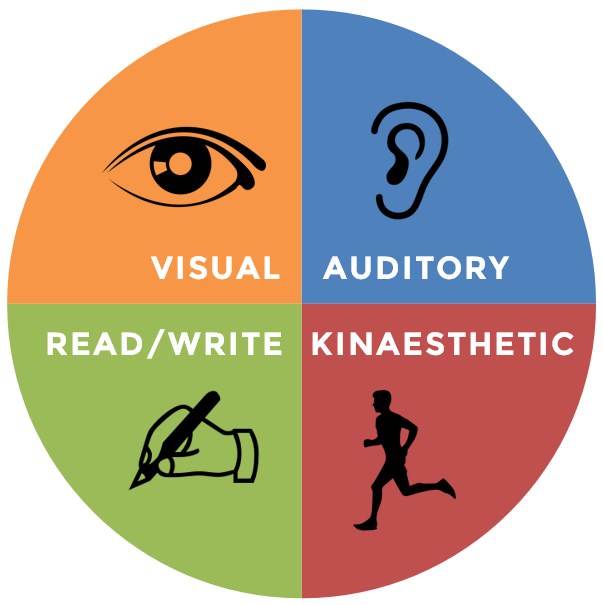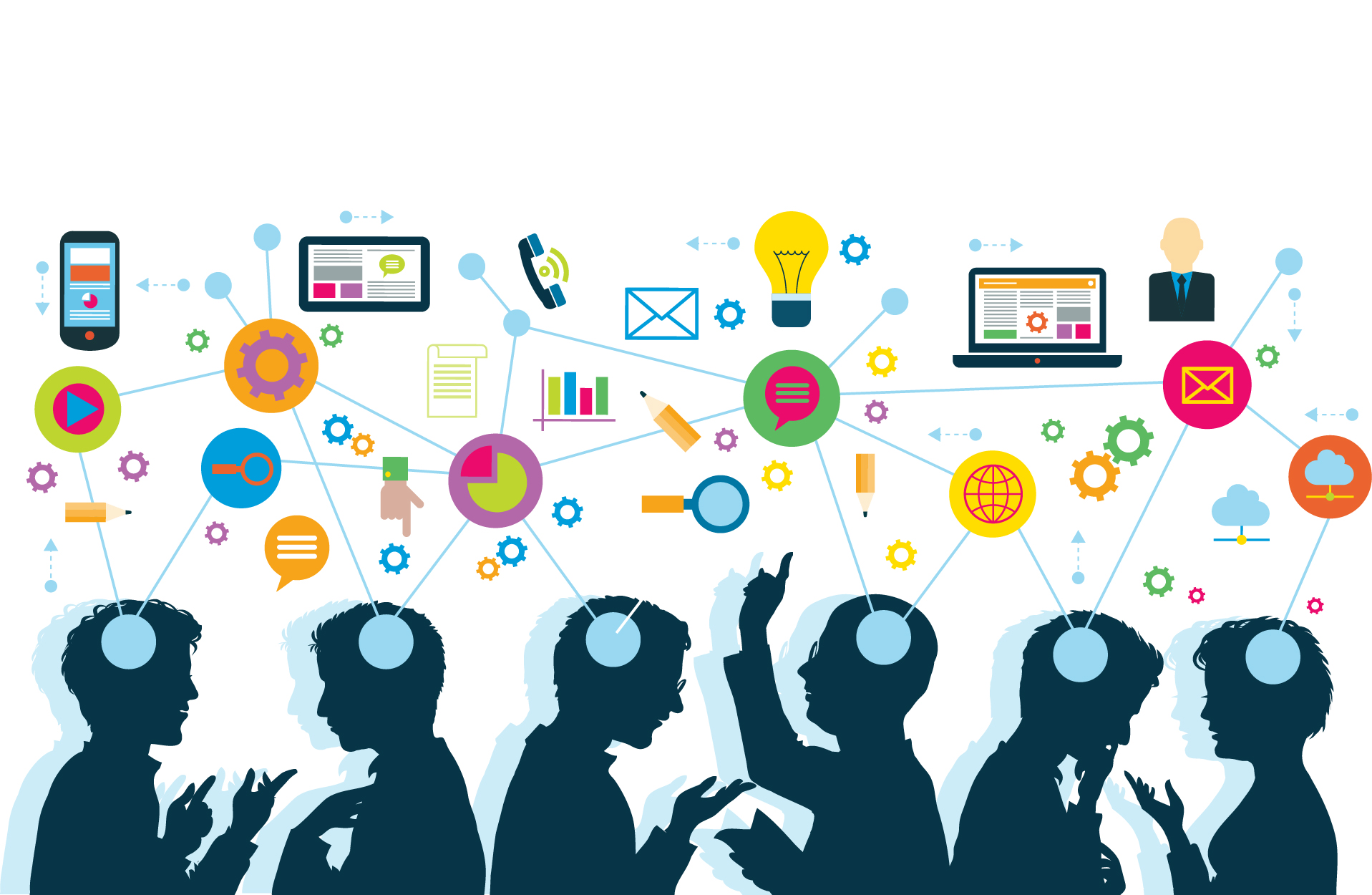I Learned a lot from this class but I will list my main three takeaways.
Time Management: My first takeaway on this list is time management, I don’t really struggle with time management but from this class I learned time management is very important. For students to succeed academically in school, time management is a crucial ability. It entails efficiently managing your time by prioritizing work, defining goals, and planning your calendar to make sure you have enough time to finish what you need to do. A timetable must be created, time must be allotted to each work, procrastination must be avoided, and breaks must be taken as needed to prevent burnout. It’s also crucial to be adaptable and change your plans as necessary to make room for unforeseen circumstances.
Students that have effective time management techniques are more motivated, focused, and productive. Higher grades and academic performance may result from this. Students can balance their academic obligations with extracurricular activities, employment, and social life by using time management skills. Additionally, it enables pupils to finish tasks earlier.

Learning style: The way that students perceive, process, and retain information depends on their learning style, which is a crucial component of education. Each student has a different learning style, and by knowing it, students’ academic performance can be greatly improved. Schools can raise student achievement and overall learning outcomes by recognizing the value of different learning styles and meeting individual needs.
Visual aids like diagrams, charts, and graphs, for example, help visual learners better understand concepts. While kinesthetic learners learn best through hands-on activities, auditory learners might choose lectures and dialogues. Schools may accommodate the various learning preferences of students and foster an inclusive environment by offering a variety of learning opportunities and experiences. Additionally, knowing each student’s unique learning style can help teachers modify their teaching strategies to suit each student’s needs. Students may experience learning that is more effective and engaging as a result, which may boost their motivation and confidence in the subject.
In conclusion, learning style is an important educational factor that shouldn’t be disregarded. All students can benefit from more supportive and productive learning environments that schools can establish by taking into account the unique learning preferences of their pupils.

How learning technologies help us succeed in school:
Education has been revolutionized by learning technology, which provide pupils creative and interesting methods to learn. These technologies cover a wide range of devices, including virtual reality headsets, interactive whiteboards, tablets, online platforms, and educational apps. These technologies, when incorporated into the classroom, can improve the teaching and learning processes, encourage involvement and collaboration, and raise student motivation and engagement.
Learning technologies offer students a tailored learning experience that enables them to learn at their own pace and in their own learning style, which is one of their major benefits. Students now have more freedom and control over their learning thanks to online resources and digital tools that enable them to access knowledge and instructional materials whenever and wherever they are. Additionally, educational technology give teachers the tools they need to offer engaging and interactive courses. that can accommodate various learning preferences and approaches. Interactive whiteboards can be used by teachers to convey visual material, educational games and quizzes can be used by teachers to increase student engagement, and digital tools can be used by teachers to help students collaborate and work in groups.
In conclusion, learning technologies have a big impact on education because they give teachers and students fresh, innovative ways to teach and learn. Schools may provide students with a more effective, engaging, and individualized learning environment by integrating these technologies into the classroom, improving academic results and student success.
